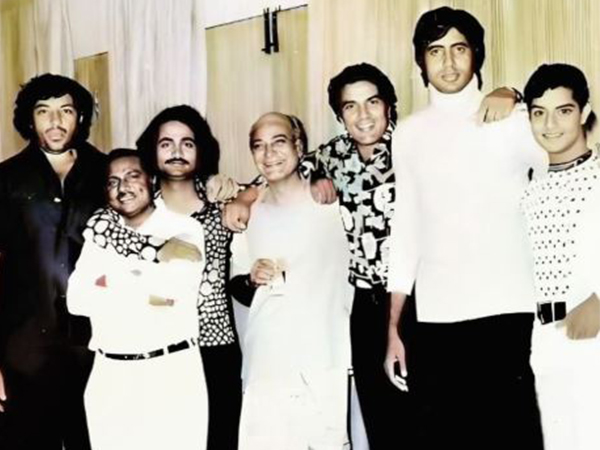New Delhi [India], August 20 (ANI): Over the past decade, India has witnessed major changes in household financial behaviour, with some alarming trends emerging says a report by Motilal Oswal on household finances in India a sign of distress or optimism.
The report says, the share of Private Final Consumption Expenditure (PFCE) has increased nearly every year, rising from a low of 68.5 per cent of Personal Disposable Income (PDI) in FY12 to a 27-year high of 77.0 per cent of PDI in FY23.
However, this trend appears to have marginally declined in FY24. Notably, PFCE growth has outpaced PDI growth for the first time in any decade since independence, a pattern that persisted into the first four years of the 2020s.
On the savings front, household total savings stood at 23.3 per cent of PDI (18.4 per cent of GDP) in FY23, nearing a two-decade low. Net Financial Savings (NFS) were particularly concerning, reaching a four-decade low of 6.6 per cent of PDI. Physical savings, on the other hand, hit a decade-high of 16.6 per cent of PDI.
At the same time, household debt surged from 38 per cent of PDI, a decade ago to 48 per cent of GDP in FY23, with non-housing borrowings growing faster than housing loans. This rise in household debt was reflected in a significant increase in annual borrowings, which reached 7.3 per cent of PDI in FY23, the second-highest level since the 1970s.
Looking ahead, although official data for FY24 is not yet available, it is expected that PDI growth lagged behind GDP growth once again, as corporate profits and government receipts grow strongly.
If nominal PFCE growth was modest at 8.5 per cent year-on-year in FY24, this suggests a slight uptick in household total savings to 24 per cent of PDI, with NFS estimated at 7.2 per cent of PDI. Household debt is estimated to have risen to 52 per cent of PDI (40 per cent of GDP) in FY24.
The report highlights, one of the most concerning aspects of these trends is the increasing income inequality in India. In the post-pandemic period, the income distribution has likely become more unequal, with the rich and upper-middle-income populations experiencing higher income growth.
This disparity has significant implications for the broader economy, as it suggests that the rest of the population, particularly the middle- and lower-income segments, have witnessed slower income growth in recent years. This slower income growth is likely the primary driver of the faltering national PFCE growth observed in recent quarters.
Furthermore, the savings patterns of the rich and upper-middle-income classes have likely increased, but this has been offset by a decline in savings among the middle- to lower-income segments. This trend has pulled down household total savings to levels close to a 25-year low.
Additionally, consumption-led borrowings have surged among the lower-income segments, further exacerbating the financial instability.
RBI Governor Shaktikanta Das recently highlighted the importance of proactively identifying potential risks and challenges, even in a stable financial environment. While these trends in household finances may not yet pose immediate concerns, they certainly hold the potential to destabilize the nation’s financial stability if they persist for an extended period.
Critics of this cautious view have raised counterarguments, such as the possibility that new-to-credit (NTC) borrowers are driving loan growth or that higher loan growth is concentrated in the middle of the income pyramid, which could indicate greater creditworthiness.
However, these arguments do not fully address the underlying issues of income inequality, consumption growth, and rising debt among the lower-income segments. (ANI)
Disclaimer: This story is auto-generated from a syndicated feed of ANI; only the image & headline may have been reworked by News Services Division of World News Network Inc Ltd and Palghar News and Pune News and World News
HINDI, MARATHI, GUJARATI, TAMIL, TELUGU, BENGALI, KANNADA, ORIYA, PUNJABI, URDU, MALAYALAM
For more details and packages
















